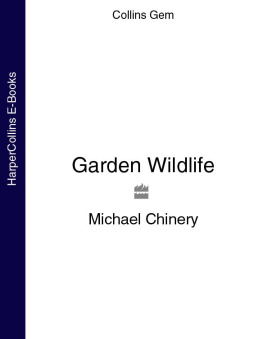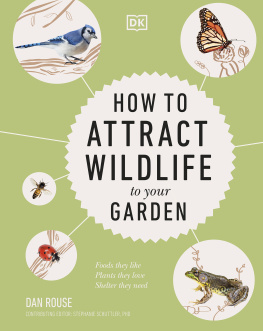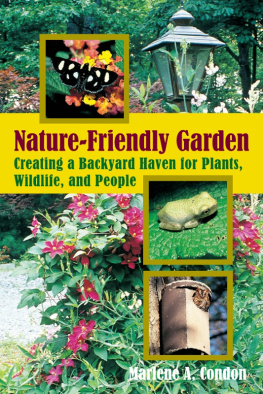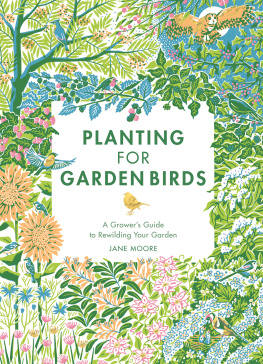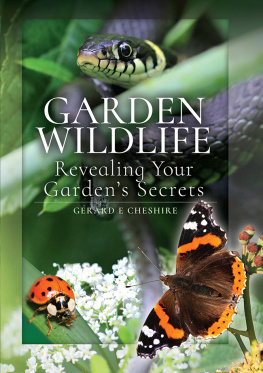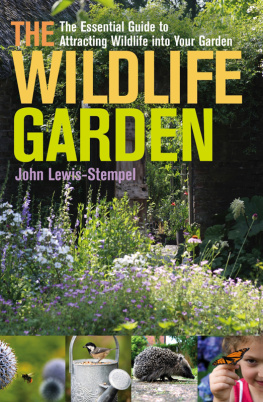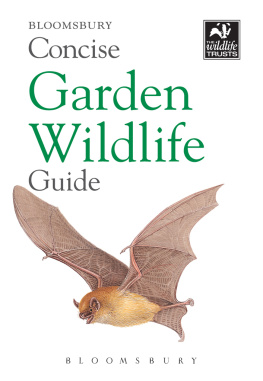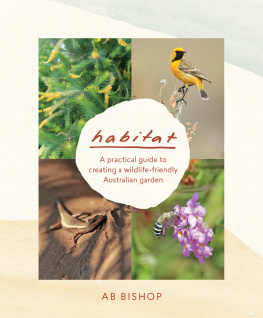Contents
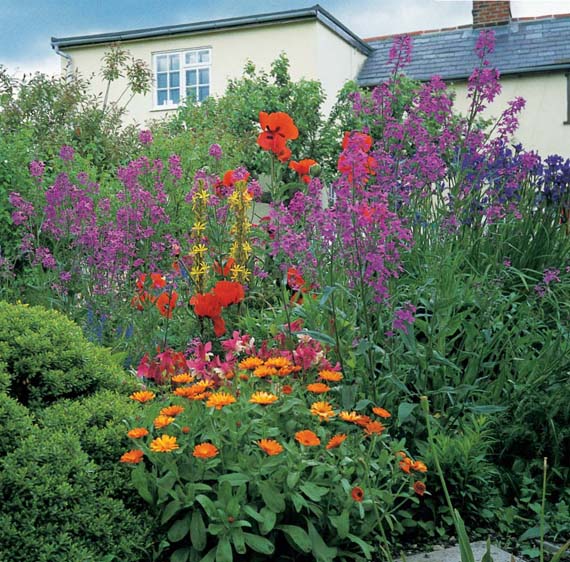
Michael Chinery

All over the world, forests are being felled, wetlands are being drained, and heaths and grasslands are being ploughed up to make way for crops and houses. However, while these natural or semi-natural habitats are shrinking in the face of the increasing human population, one habitat the garden is increasing, and I think it is no exaggeration to say that todays gardens are our most important nature reserves.
Gardens cover almost a million hectares of the United Kingdom alone, and it is this enormous extent, as well as their great variety, that makes them such valuable wildlife refuges. In some areas, gardens are undoubtedly more important for wildlife than the surrounding countryside, with its pesticide-drenched monocultures. This is true even where the gardener does nothing in particular to encourage visitors: the wide range of plants cultivated in a typical garden is itself enough to attract lots of insects, and the insects bring in the birds.
Wildlife gardening aims to increase the number of native species visiting and residing in the garden, but it need not entail any loss of productivity. By being more laid-back and a little less tidy, you can have a garden buzzing with wildlife and filled with tasty crops and fine flowers. Your guests will actually do much of the pest control for you free of charge!
Although I have referred to the garden as a single habitat, on a par with a woodland or a meadow, most gardens are really very complex mixtures of habitats, each supporting its own rich assemblage of plant and animal life.
Flower beds
The flower border, a major feature of most gardens, contains a wide range of plants that flower at different times and attract insects and other small creatures for much of the year. Caterpillars chew the leaves, bugs suck the sap, bees and butterflies feast on the nectar, and many other insects attack the fruits and seeds. Hidden from view, the roots also provide sustenance for wireworms, leatherjackets, slugs, millipedes and numerous other creepy-crawlies, while earthworms derive most of their nourishment from the decaying plant matter in the soil. All of these small creatures provide food for birds and small mammals, so even a very simple flower border is really a mixture of several micro-habitats.
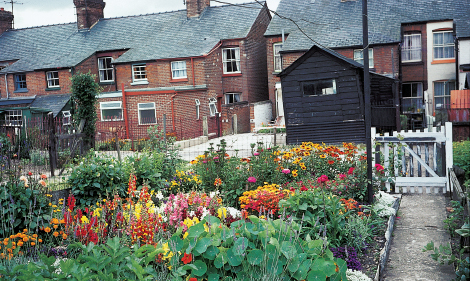
Michael Chinery
Even the smallest of backyards can be a riot of colour, packed with flowers that act as filling stations for butterflies and many other insects.
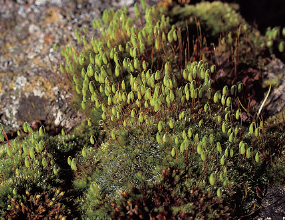
Michael Chinery
Tiny mosses, seen here covered with pear-shaped spore capsules, erupt from the smallest cracks in walls and paths.
Vegetable plots
The vegetable plot has a similar diversity, although it does not have much in the way of nectar sources and, being subject to more disturbance as crops are planted and harvested, it tends to support a smaller variety of animal life in general.
Trees, shrubberies and hedges
These lend welcome shade and shelter to other parts of the garden and are micro-habitats in their own right, providing homes and hunting grounds for insects, spiders, birds and many other creatures.
Walls, fences and paths

CONSERVATION TIP
If you find a strange creature in your garden, dont assume it is harmful. Before squashing it with your foot, try to find out what it is and what it does. You will probably find that it is harmless or even useful and then you wont need to squash it!
These provide yet more living space for both flora and fauna, a fact that is easily appreciated when you look at the number of spider webs that adorn the fences in the autumn. Even concrete paths can support wildlife, tiny mosses wedge themselves into cracks in the concrete, while ants often nest underneath the paths and benefit from the heat absorbed by the concrete on sunny days although you might not know that they are there until they fly off on their marriage flights in the summer.
Garden ponds
A pond is one of the richest of all wildlife habitats, and garden ponds are, happily, becoming increasingly popular. Pond-watching can be great fun, and the garden pond can literally be a life-saver for frogs, toads and dragonflies, all of which are now suffering from the disappearance of so many farm ponds and other watery sites in the countryside.

Michael Chinery
Hit by the disappearance of so many farm and village ponds, many frogs find refuge in our garden ponds and mop up the slugs in return for the hospitality.
Go for variety
Not all of the visitors to your garden will be welcome guests, of course, but they will all add to the richness of the garden and the great majority will do no harm. They are just using your garden as a home. The more habitats you can create in your garden, the more guests you are likely to get, and the more diversity of wildlife. This can only be good for the wildlife population as a whole.
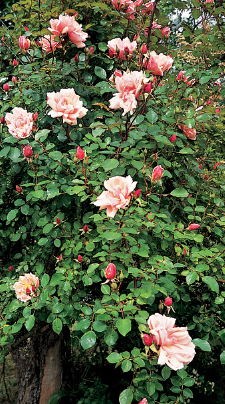
Michael Chinery
A single climbing rose can feed a huge number of insects, which, in turn, can provide food for numerous spiders and birds. The birds may also nest there, well protected from predators by the roses prickly stems.
Gardening for wildlife involves creating an approximation to one or more natural habitats that will be acceptable to birds and other wild creatures. It does not mean, however, giving the whole garden over to nature. You can continue to grow all your favourite flowers and vegetables in a wildlife garden.
Although a large garden can obviously support more plant and animal life than a small one, size is not that important. Even a small garden can contain several valuable wildlife habitats, such as a hedge, a small spinney or shrubbery, a pond and a grassy bank. It is what you plant in your garden that matters. Cultivated varieties and exotic plants certainly have a role in adding colour and excitement to a garden, but to be really wildlife friendly you do need to grow a selection of native shrubs and other plants. These are the species on which our native insects have evolved, and if you provide food for the insects, then you will indirectly feed many of our garden birds as well.
Having created habitats for the insects and birds, you will need to minimize any disturbance. So be a little less enthusiastic with the lawn mower and the hedge trimmer. Does your lawn really need to look like a bowling green, and does it matter if the hedge is a bit rough around the edges? Dont be tempted to dead-head all of your plants; this might encourage a longer flowering season but it does deprive birds and insects of food and shelter. Bare soil needs weeding, so cover your garden with as much vegetation as you can; this will keep down the weeds and also give the birds a happy hunting ground. You might well find that wildlife-friendly gardening is gardener friendly as well!


